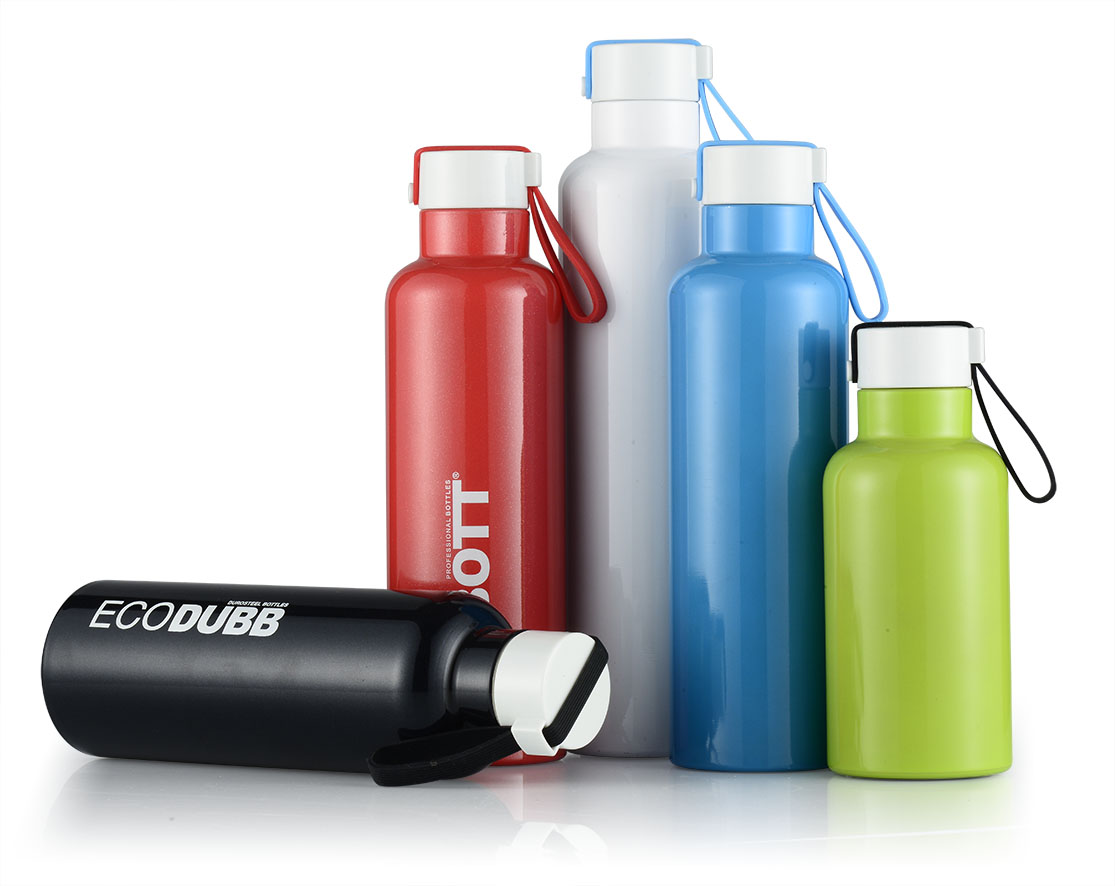They are kinds of vacuum flasks. We just make stainless steel vacuum flasks. Also, stainless steel flasks have to be double wall vacuumed insulated. There are different shapes for option, as well as different sizes from 350ml to 2000ml. Usually, stainless steel vacuum flasks are used to take juice, water, other non-carbonated liquids. Stainless steel vacuum flasks can keep cold over 24 hours and hot 12 hours. It is a good choice for keeping temperature for a long time.
The sodium hypochlorite-made starch adhesive is unstable in quality during use, and easily decomposes chlorine gas, causing the operator to feel eye discomfort. Starch adhesives made from hydrogen peroxide often generate a lot of foam in use, and need to put anti-foaming agent. In addition, sodium hypochlorite is easy to oxidize and decompose under sunlight or high temperature, and its secondary chlorine content is reduced. In application, it is necessary to grasp its exact content and moderately increase the dosage.
From the use of analysis, the use of hydrogen peroxide as an oxidizing agent for starch adhesives, stable quality, small amount, low cost, fast response, is the ideal material for use as oxidants.
When making two high-strength and quick-drying starch adhesives, the oxidation reaction plays a key role (40-minute viscosity is 60-80 seconds), the starch solubility is improved, the film-forming ability is good, and the adhesive force is strong. If the oxidation is not enough, macromolecules Less degradation, its nature and the same nature of starch, after adding caustic soda, it will not be a long time thin, even stir phenomenon (add caustic alkali reaction more than 40 minutes than the viscosity of more than 100 seconds), so add oxidants for secondary oxidation, If the oxidation is excessive, the starch ring structure is opened, the viscosity is too low, and even the bonding ability is lost (the viscosity is less than 40 seconds after the addition of caustic soda for 20 minutes). Therefore, special attention should be paid to the use of oxidant content and ratio.
Oxidation also plays a role in the temperature, the higher the temperature, the faster the oxidation, the general oxidation reaction in summer 5-10 minutes, the spring oxidation reaction 10-15 minutes, the winter oxidation reaction is about 20 minutes, the oxidation reaction time is extended, the oxidation is complete, the viscosity is reduced Product quality is stable, and taking too long a time can affect the production cycle.
The specific amount of oxidizing agent changed with starch, the amount of starch was small, the amount of oxidizing agent was small, the amount of sodium hypochlorite (10%) was about 28% of starch, the content of hydrogen peroxide (27.5%) was about 4% of starch, and the amount of potassium permanganate was used. About 2% of starch.
The method for judging whether the oxidation is appropriate is: after adding caustic soda, the reaction is stirred for 20-40 minutes and the viscosity is measured to be about 60 seconds. This will allow the product to be stored for about 50 hours in about two hours, and stable for 40 seconds ± 10 days after one day. In addition, the winter temperature is low, the amount of oxidants should be increased appropriately, summer temperatures are high, the reaction is fast, and the amount of oxidants used is appropriately reduced. 
Stainless Steel Vacuum Flask,Double Wall Stainless Steel Vacuum Flask,Beverage Vacuum Flask,Stainless Steel Thermos Flask
Zhejiang Haoqi Industry And Trade Co.,Ltd. , https://www.anaturekitchen.com